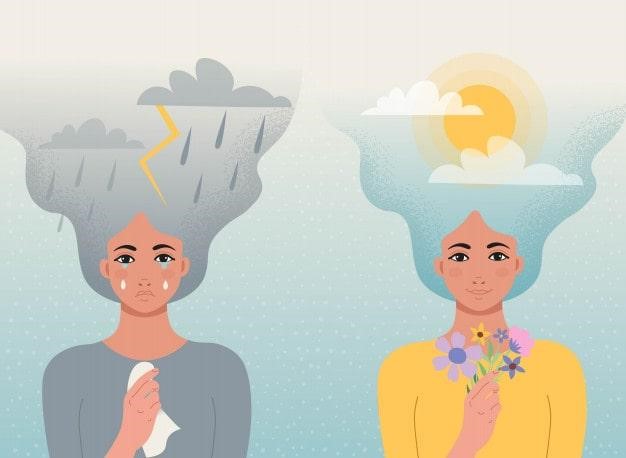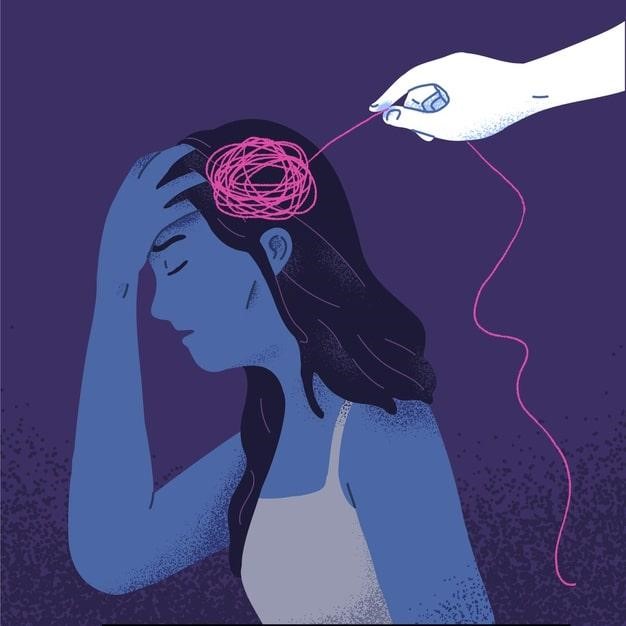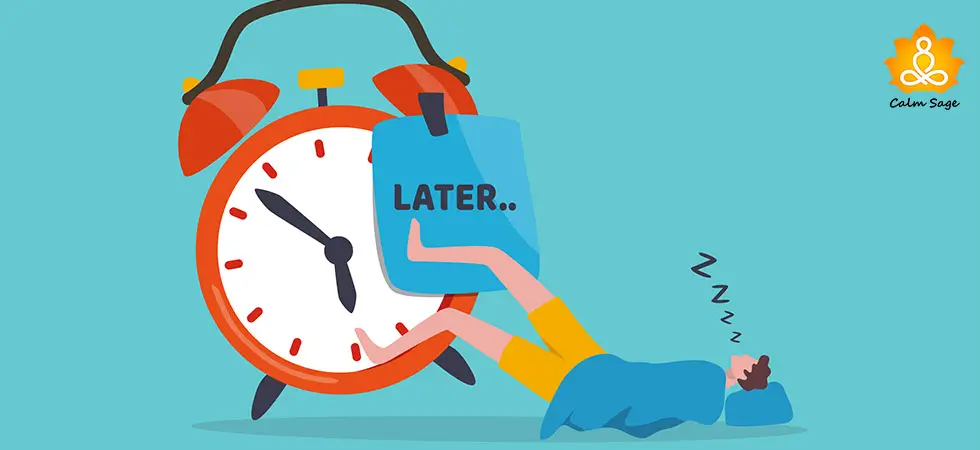How to Stop Catastrophic Thinking
Catastrophic thinking can cause you to think about the worst-case scenarios and it can convince you of its intensity. It can, eventually, cause high anxiety and ruminating thoughts which can be harmful to your mental peace.

Catastrophic thinking or catastrophizing is a term used to describe a trail of thoughts that causes a person to assume the worst-case scenarios first in their minds. This spiral of thoughts can cause a person to believe that they are in the worst situation than they really are.
Catastrophic thinking often manifests alongside depression and anxiety. Many doctors have dubbed this thinking process as ‘magnifying’. Let me give you an example of catastrophic thinking:
I missed my morning train, now I’ll be late for work and miss my presentation. If I miss the presentation, I’ll be fired.
There are no concrete causes as to why people develop catastrophic thinking but symptoms of depression and anxiety can cause a person to develop this sort of thinking. Other causes of catastrophic thinking could be:
- Chronic illnesses
- Anxiety disorders
- Depressive disorders
- Chronic fatigue
- Chronic stress
How To Stop Catastrophic Thinking

There are various options available to help you control the flow and intensity of your thoughts before they develop into something that is out of your control. With the help of therapy and prescribed medications, catastrophic thinking can be controlled.
Other steps to help you prevent catastrophic thinking are:
1. Be Mindful Of Your Thoughts
Observing your thoughts and keeping an eye on them right before they turn negative can be helpful. Be aware of your thoughts. Meditation and mindfulness yoga can help with acknowledging your thoughts and understanding the reason behind them.
To stop any kind of negative thinking, you must be able to understand the pattern behind them and recognize what the thinking is doing to your mental peace.
2. Identify The Source
When we are thinking about the worst situation, we forget what caused that thinking to begin with. Your next step is to identify and uncover the source of your negative spiral. What are you most worried about? Losing your job? Analyze when did this thought arise. Did it occur when you were talking to someone?
Identify the cause of your thinking. Once that is accomplished then it will become easier for you to deal with it. Catastrophic thinking is like a weed, if continued to grow, it will harm your blooms. Cut the weed before it takes root.
3. Stay Logical
When we are in a situation that is causing us to think negatively, we often forget to use the logical side of our brains. Panic develops when we are overthinking and overanalyzing everything in our vicinity. In such cases, stay logical.
If you’re thinking that you’ll lose your job then use your logic to figure out what did you think you did wrong? Was it even wrong? Talk to your supervisor or colleagues. Maybe your thinking is not letting you see logically but input from others over a situation can help.
4. Question Your Thinking
If your thoughts are going towards the negative then pause, take a deep breath, and question your thoughts. Ask yourself; Is this worry urgent? Do I need to stress about this now?
Questioning your thoughts can help you stay in the present moment and this will help you not panic immediately. You need to stay in the present. Worrying about your negative thoughts can increase your panic and anxiety.
Therapy For Catastrophic Thinking

Because catastrophic thinking is linked to anxiety and depression, therapy such as cognitive-behavioral therapy (CBT) can help. CBT is a psychotherapy approach that helps identify their thoughts, find the source of the thinking, and replace the negative thoughts with positive ones.
A therapist using CBT addresses your thinking and behavior problems and replaces illogical thinking with logical questioning.
Final Words…
Catastrophic thinking can be a symptom of mental health disorders, especially depressive disorders, and anxiety disorders. In the long-run, catastrophic thinking can impact negatively on your mental and emotional health resulting in a poor quality of life.
While these self-help tips can help you control your thinking before it goes down a spiral of negativity, it might not be enough if you are dealing with any other underlying mental health conditions.
If you’re unable to deal on your own, then it is recommended you reach out to a professional therapist. You can visit our services page to connect with our trained licensed counselors or you can write to us at info@calmsage.com for more information.
“The world as we have created it is a process of our thinking. It cannot be changed without changing our thinking.” – Albert Einstein
Think well, be well!




















